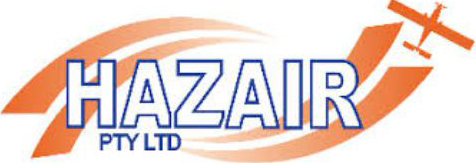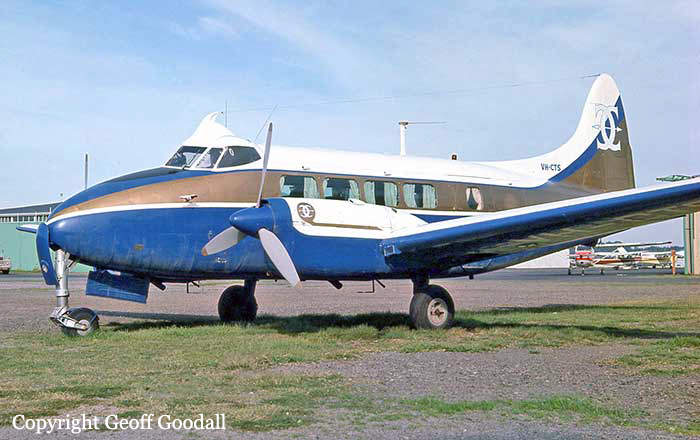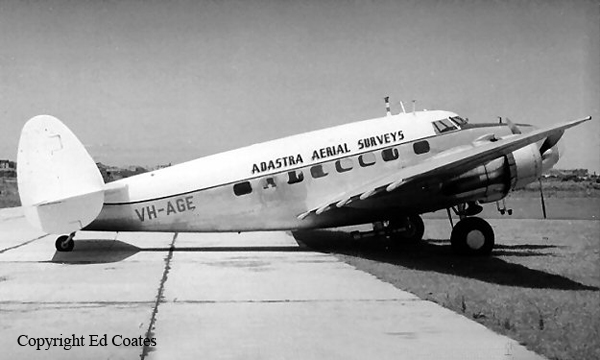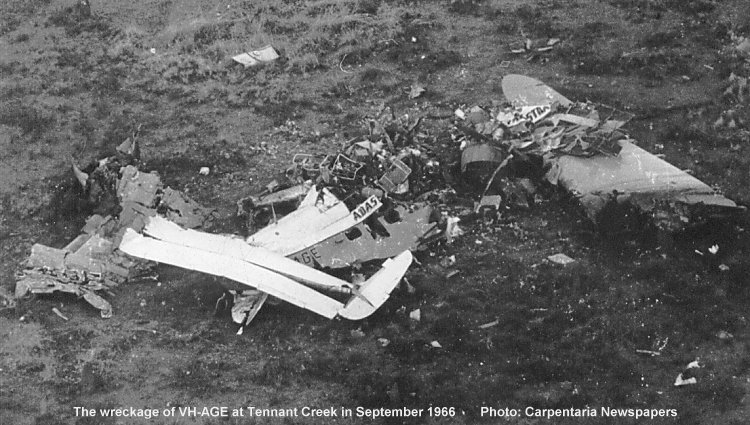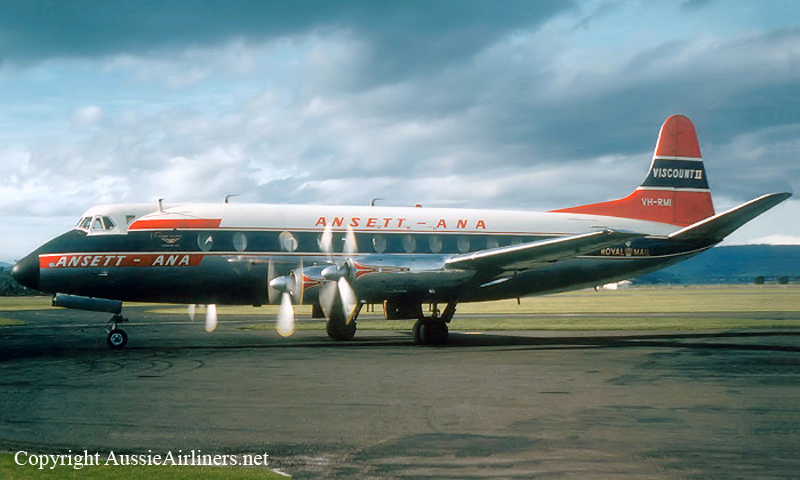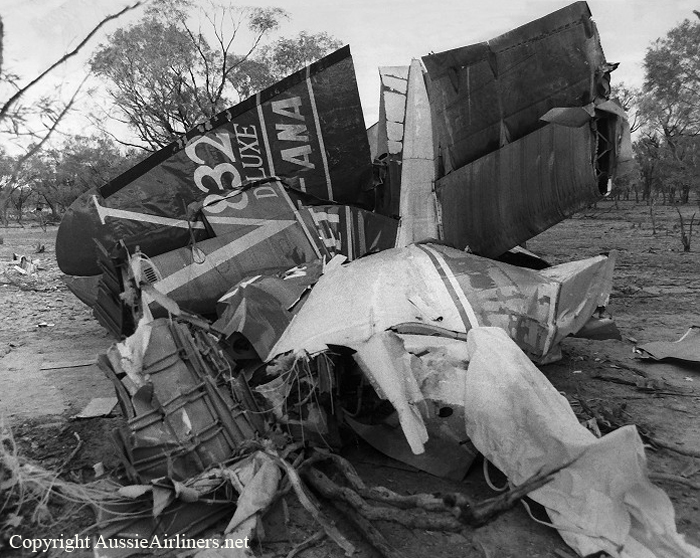Crash of a Fletcher FU-24 near Cowra: 1 killed
Date & Time:
Mar 26, 1970 at 0730 LT
Registration:
VH-EOB
Survivors:
No
Schedule:
Cowra - Cowra
MSN:
45
YOM:
1957
Crew on board:
1
Crew fatalities:
Pax on board:
0
Pax fatalities:
Other fatalities:
Total fatalities:
1
Captain / Total hours on type:
88.00
Circumstances:
The aircraft was spreading superphosphate in undulating country to the south of the Wyangala Dam. The section being treated was approximately one mile distant from the strip. The pilot had completed three sorties since commencing operations on the morning of the accident. After the fourth load had been spread, the aircraft was heard returning to the strip when the engine noise suddenly ceased and simultaneously a loud thud was heard by two loader drivers at the strip. The aircraft had crashed in the spreading area, striking the ground in a very steep nose down attitude. There were no witnesses to the flight path of the aircraft immediately prior to the impact and examination of the wreckage did not reveal any malfunction which may have caused or contributed to the accident.
Probable cause:
The cause of the accident has not been determined. A possible explanation is that the pilot attempted a turning manoeuvre from which he was unable to recover in the height available.
Final Report:

